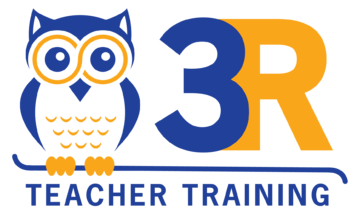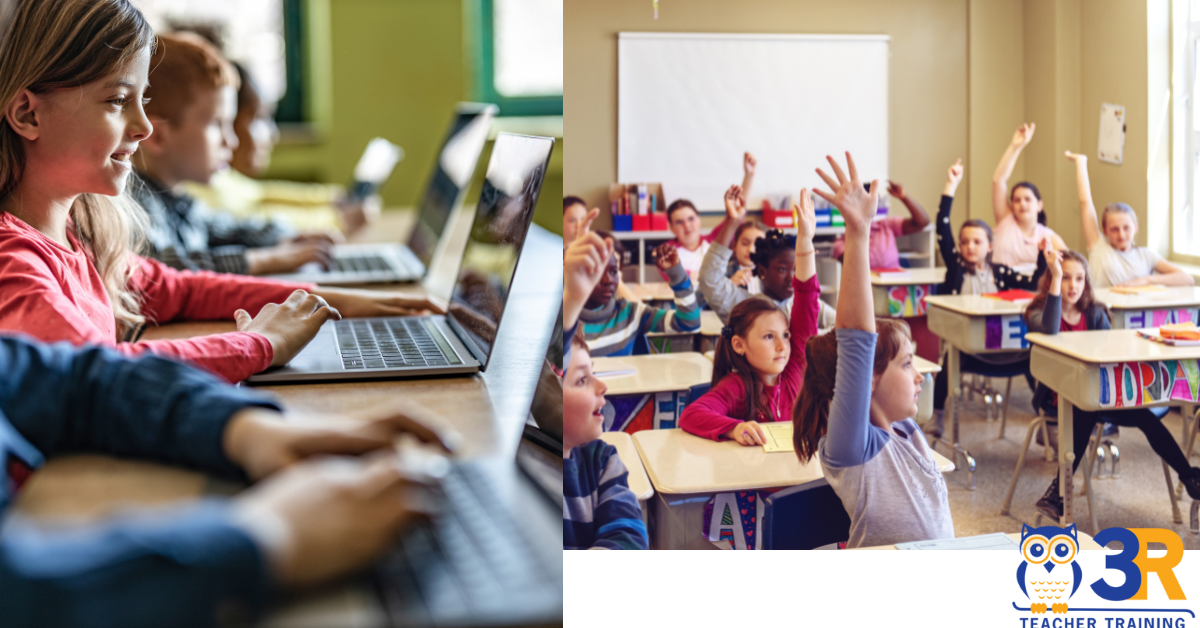There has been a notable shift towards digital integration in educational institutions in recent years. While the move towards online learning platforms is commendable, I harbor reservations about the potential implications of a fully online learning environment, particularly in subjects like mathematics. Traditional teaching methodologies, which often employ paper-based exercises, have proven effective over time.
The advancement of technology has undeniably permeated our daily lives. Over the past few decades, telecommunication devices have evolved from mere communication tools to sophisticated handheld computing devices, offering a plethora of functionalities. While this provides unparalleled access to information and global connectivity, it is imperative to consider the potential challenges it might pose in the educational domain.
In education, we must balance and exercise moderation in our approaches. Advanced technological tools have supplanted the era of overhead projectors and vis-a-vis pens. Contemporary students resonate with technology, which undeniably plays a pivotal role in enhancing their enthusiasm for learning. However, it is crucial to delineate its role. Technology should complement, not dominate, the learning process. We must exercise discernment and not solely embrace the prevalent trend of one-to-one device allocation, particularly in subjects like mathematics.
While platforms like Google Classroom and other digital practices offer innovative approaches, they may not always be optimal for mathematical instruction. Their application can sometimes detract from the learning experience. Technology undoubtedly has its merits, especially with tools like GeoGebra, Sketchpad, and Desmos that facilitate interactive exploration of mathematical concepts. Such software, which allows students to manipulate geometric figures, discern patterns, and derive insights, can be invaluable. Digital models offer convenience and can elucidate concepts more vividly than physical models. However, it's essential to ensure that these technological tools augment the learning experience rather than overshadow traditional methods. There are instances where conventional pencil-and-paper exercises, step-by-step algebraic solutions, or manual diagrammatic representations are more effective.
The most effective model is an “Integrated” approach to learning blended technology with traditional hands-on or paper-based methods. Optimal student engagement and comprehension are achieved when technology serves as an enhancement rather than the centerpiece of a lesson. The tangible act of writing by hand in the mathematics classroom remains unparalleled. Not only does it provide a clear representation of work, but it also bolsters retention. Neurological research underscores the robust connections formed in the brain when engaging in manual writing, a phenomenon evidenced in a study by Pam Mueller & Daniel Oppenheimer from Princeton University and UCLA. Their findings revealed that students who took notes manually demonstrated superior conceptual understanding despite their digitally notetaking counterparts capturing more verbatim content. This observation aligns with Robert A. Bjork's concept of “desirable difficulty,” positing that challenges, even if initially frustrating, enhance learning. Technology can streamline and gamify the learning process but may inadvertently diminish the inherent challenges that foster deep understanding. Handwriting notes, for instance, necessitates discernment in selecting pertinent information. Techniques like visual note-taking further augment retention and empower students, fostering a heightened level of engagement.
However, it's imprudent to advocate for a complete eschewal of technology. In the 21st century, technological proficiency is indispensable for professional success. Thus, integrating tools like iPads, laptops, and educational apps is paramount. Yet, it's crucial to delineate the role of technology, ensuring it complements rather than supplants traditional methodologies. For instance, while platforms like Google Drive offer convenience, they shouldn't eclipse the foundational practices of a classroom. Certain “conveniences” can inadvertently introduce inefficiencies, such as the cumbersome process of inputting complex mathematical equations digitally.
Furthermore, the shift towards exclusively digital resources, like online textbooks, can inadvertently limit students' accessibility, confining them to internet-enabled environments and potentially hampering their ability to engage with materials in diverse settings. While technology offers myriad benefits, it's imperative to maintain a judicious balance, preserving the invaluable aspects of hands-on and paper-based learning, especially in subjects like mathematics.

